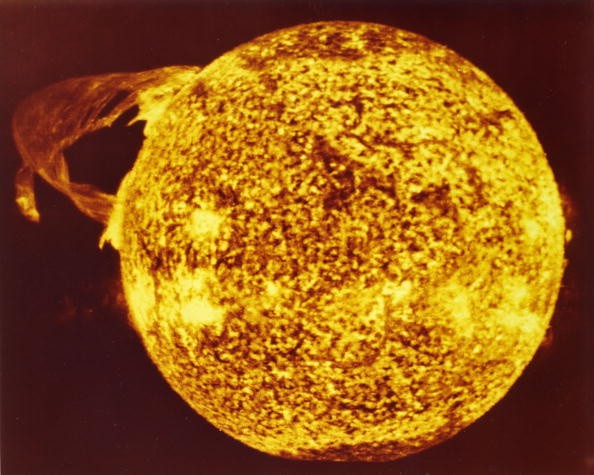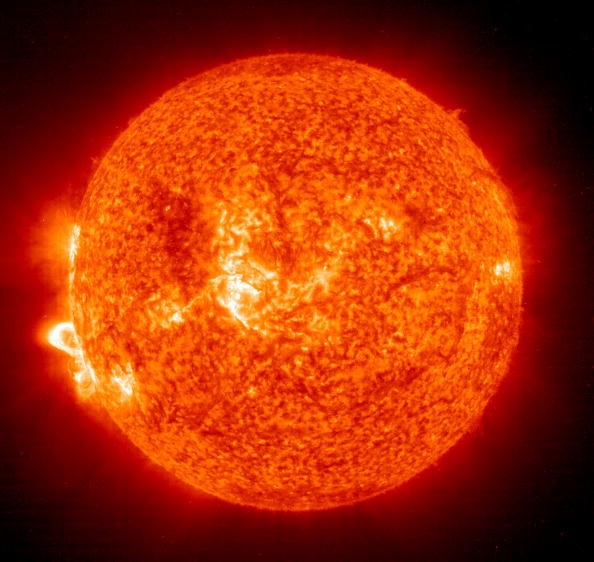A fast-moving solar storm has been making some noise since various news sites, and even space agencies claim that it could hit Earth last July 13. However, it seems like the space activity is not true since it did not take place.

The theory appeared after various space researchers experienced disruptions in communications, radio communications, and GPS satellites.
NASA (National Aeronautics and Space Administration), NOAA (National Oceanic and Atmospheric Administration), and other big agencies claimed that the said solar storm or solar flare is considered category X1, the largest fastest of its kind.
According to First Post's previous report, the first solar storm took place last July 3. Various space experts claimed that the solar winds might cause a geomagnetic storm in the sun's magnetosphere.
NASA explained that this space phenomenon happens about eight times within an average of an 11-year solar cycle. This is still a high number if you will consider it. On the other hand, the space agency added that if the X1 solar storm took place, it will only affect the part of the Earth-facing the massive solar flare or the sun.
Fast-Moving Solar Storm Will Not Happen?
WRAL.COM reported that the strongest fast-moving solar storm was also identified on July 3. NASA said that it is classified as X1.5 type, which is way larger than the largest main category of solar flares. SWPC and NASA's Solar Dynamics Observatory claimed that it is the largest one ever recorded for the past four years.

Also Read : Jupiter 40-Year Mystery Solved | Astronomers Find Electrical X-ray Auroras 'Surfing' Electromagnetic Waves!
However, experts claimed that the other rumored solar flare will not happen since the Space Weather Prediction Center did not issue any warning or watches ever since July 1. They added that the latest forecast of SWPC for the alleged solar storm only shows a 1% chance.
This also means that solar radiation storms and radio blackouts are unlikely to take place. On the other hand, the so-called Planetary K-index also shows lower levels of solar flare chances.
Aside from this, various recent SWPC forecasts also showed that the Earth's geomagnetic field is at the "quite to active levels," as well as super low solar activity levels. This means that the sun's current status is not enough to trigger space weather storms.
What Will Happen If Fast-Moving Solar Flare Takes Place?
According to Yahoo News' latest report, a category X1 solar flare could breach the Earth's magnetic field.
This will not be good for the planet since power grids, satellite TVs, mobile phone signals, and GPS navigation will all be affected. It could lead to life-threatening instances, especially for those people who are traveling by airplanes.
As of the moment, NASA, NOAA, and SWPC still haven't released further proof regarding the alleged fast-moving solar storm.
For more news updates about solar flares and other dangerous space activities, always keep your tabs open here at TechTimes.
Related Article : Perseids Meteor Shower 2021: Best Smartphone Settings To Use, Viewing Peak Schedule, and More
This article is owned by TechTimes
Written by: Griffin Davis




